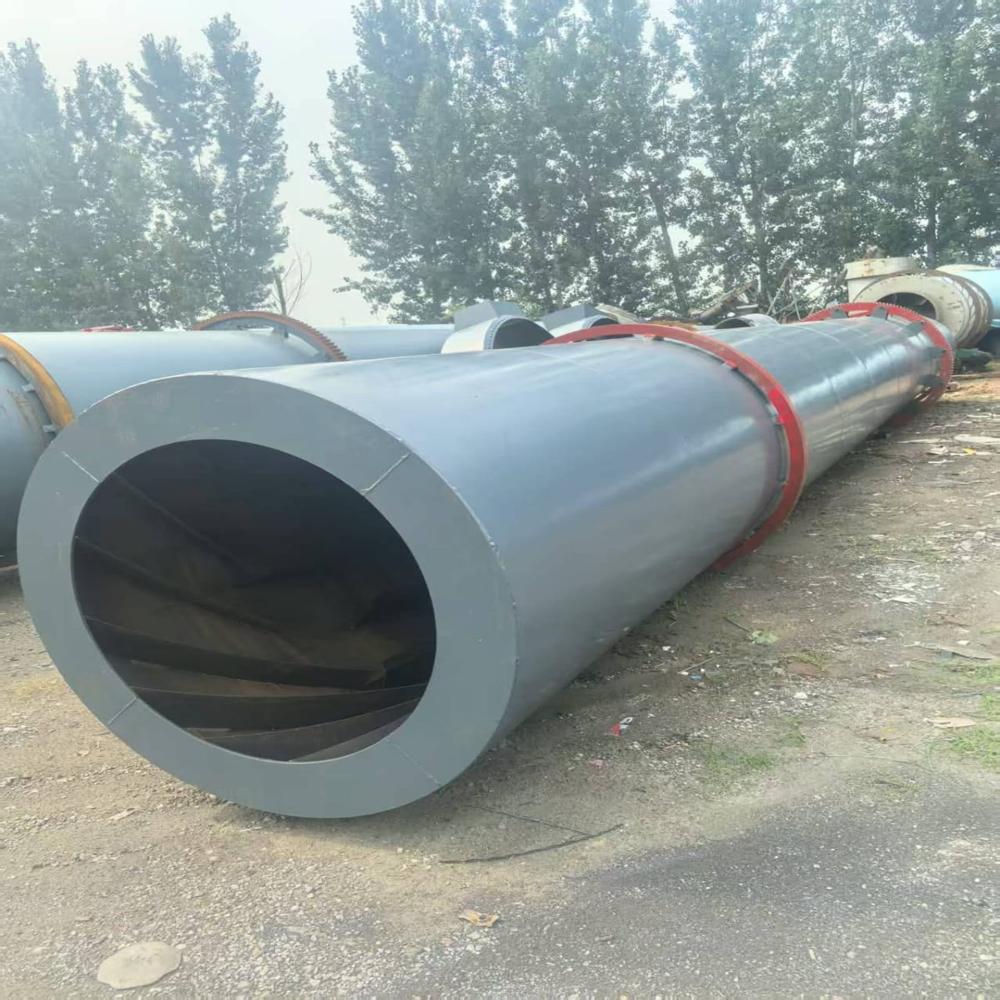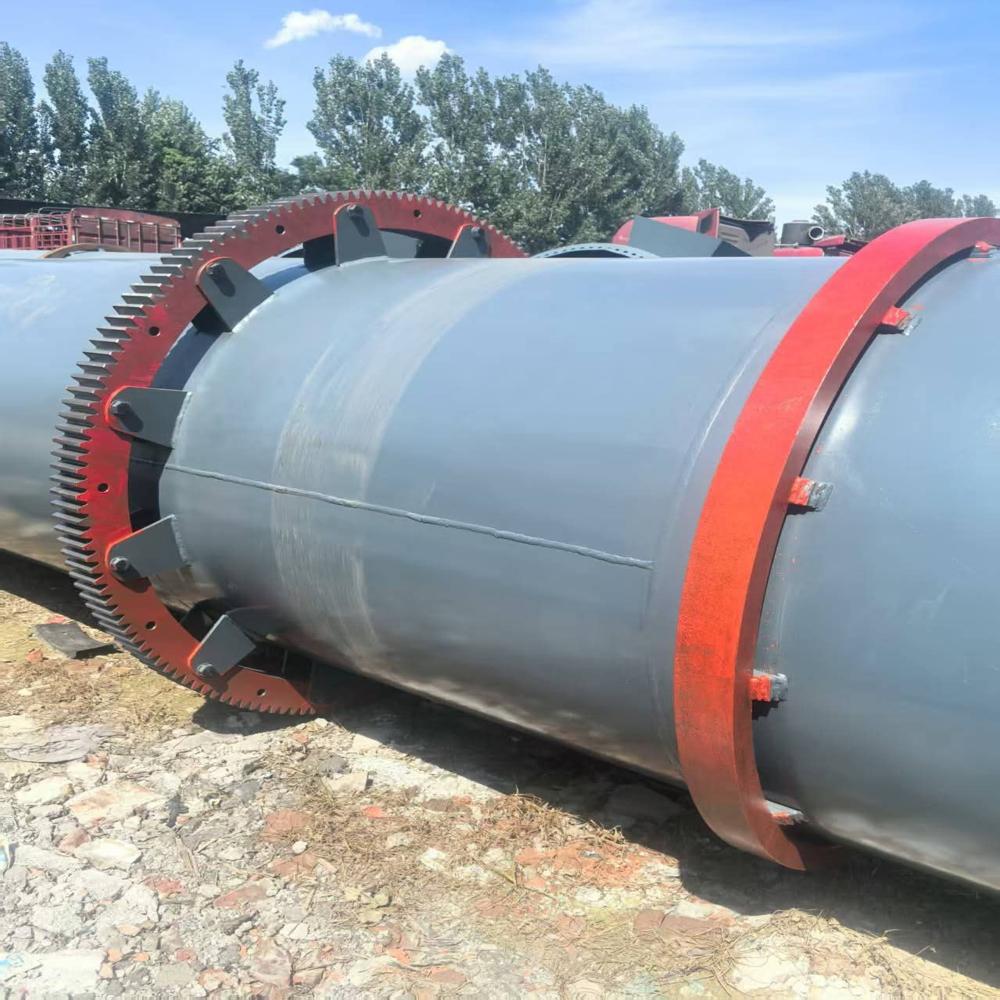Rotary Drum Dryer
Price 1800000.0 INR/ unit
About Rotary Drum Dryer
A rotary drum dryer is an industrial machine used to reduce the moisture content of various materials through a process of heat transfer. It consists of a large, rotating cylindrical drum that is slightly inclined and heated either directly or indirectly. Rotary dryers are widely used in industries like mining, agriculture, chemical processing, biomass, and food production.
Basic Description:
A rotary drum dryer works by tumbling material in a rotating drum while hot air (or gas) passes through the drum to evaporate moisture. The combination of rotation, gravity, and airflow helps to efficiently dry the material.
Key Components:
-
Rotating Drum A large, horizontal cylinder that rotates slowly.
-
Drive Mechanism Motor and gear system that rotates the drum.
-
Burner or Heat Source Provides hot air or gas (can be direct or indirect heating).
-
Airflow System Moves hot air through the drum (co-current or counter-current).
-
Feed Inlet Where the wet material enters.
-
Discharge Outlet Where the dried material exits.
-
Flighting (Lifters) Internal vanes or paddles that lift and drop the material for better heat exchange.
Types of Heating:
-
Direct Heating: Hot air or gas comes into direct contact with the material.
-
Indirect Heating: Heat is transferred through the drum walls via a heat exchanger or jacket, without direct contact between material and gas.
Types of Airflow:
-
Co-current Flow: Hot air and material flow in the same direction.
-
Counter-current Flow: Hot air flows in the opposite direction to the material.
Typical Applications:
-
Drying sand, minerals, and ores.
-
Processing biomass (e.g., wood chips, sawdust).
-
Drying fertilizers.
-
Food processing (e.g., grains, starch).
-
Waste treatment (e.g., sludge drying).
Advantages:
-
High capacity and throughput.
-
Versatile for different materials.
-
Relatively simple design and operation.
-
Can handle particulate, granular, and some sticky materials.
Limitations:
-
High energy consumption.
-
Large footprint.
-
May generate dust or emissions.
-
Not ideal for very heat-sensitive materials.



Price:
- 50
- 100
- 200
- 250
- 500
- 1000+

 Send Inquiry
Send Inquiry

